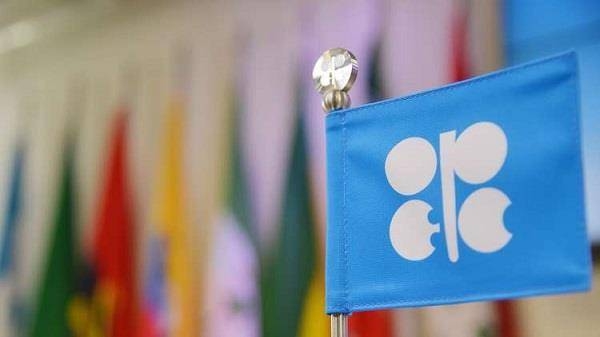
US data showed a build in domestic crude inventories, but an impending drop in Iranian exports kept Brent futures above $80 a barrel and on track for a fifth straight quarterly gain, as oil prices eased on Wednesday.
Speaking on the sidelines of United Nations meetings in New York, US special envoy for Iran, Brian Hook announced his country will make sure the oil market is well supplied before it reimposes oil sanctions against Iran on November 4.
“We will ensure prior to the re-imposition of our sanctions that we have a well-supplied oil market,” Hook told a news conference.
US is encouraging Organization of the Petroleum Exporting Countries (OPEC) to increase supply in order to push prices down, meanwhile, a Nigerian oil industry official said on Wednesday that OPEC will act to balance the market after oil prices hit their highest in four years, but its options may be limited by available spare capacity.
“It’s obvious that if you have high prices it’ll affect demand, so you have to do some market balance,” Malam Mele Kyari, head of crude oil marketing at Nigeria’s state oil firm NNPC and also the country’s OPEC representative, told Reuters.
Kyari indicated that OPEC will do everything to stabilize and balance the market, however, there’s a limit to what they can do.
“You must have the spare capacity,” asserted Kyari.
Several big buyers, such as a number of Indian refiners, have signaled they will wind down purchases of Iranian crude but the impact on global markets is not yet clear.
The US will impose new sanctions on Iran in November and the expected loss in Iranian supplies is the main reason behind increased prices recently.
OPEC and its independent producers, including Russia, met earlier this week but decided not to boost output.
Meanwhile, Brent remains on course for its fifth consecutive quarterly increase, the longest stretch since early 2007 when a six-quarter run led to a record-high price of $147.50 a barrel.
Unlike most investments banks, Goldman Sachs reiterated its view that "Brent prices will stabilize back in their $70-80/bbl range into year-end."
Goldman Sachs stated that the lack of new production growth guidance by OPEC does not reflect a desire to let prices appreciate meaningfully further, but rather the historical pattern of OPEC responding to rather than front-running production losses.
"We continue to expect that the decline in Iran exports will reach 1.4 million barrels per day, and while it is occurring faster than we had previously expected, we continue to expect it to remain offset by a faster ramp-up in production from other producers,” added Goldman in its report.
US officials, including President Donald Trump, are trying to reassure consumers and investors that enough supply will remain in the oil market and have pushed OPEC to raise output.
In a Tuesday speech at the United Nations, Trump reiterated calls on OPEC to pump more oil, accused Iran of sowing chaos and promised further sanctions on the country.
On the supply front, American Petroleum Institute figures showed that US crude inventories rose by 2.9-million barrels in the week to September 21 to 400-million, compared with analyst expectations for a decrease of 1.3-million barrels.












